Tengr.ai, our image generation AI, was released in open beta in November 2023. It was born from the relentless efforts of a small European team that dared to dream big, competing with multi-million-dollar startups and corporations to become market leaders in professional AI image generation. Over the past six months, we have taken on the challenge of rewriting Tengr.ai from scratch and continuously researching, trying to improve image AI beyond the state of the art. With version 0.7, we proved that we can match the quality of big brands in generative AI. It was a true testament to our dedication and hard work. With version 0.8, we are ready to surpass the state of the art in features, quality, tools, privacy, safety, and creativity.
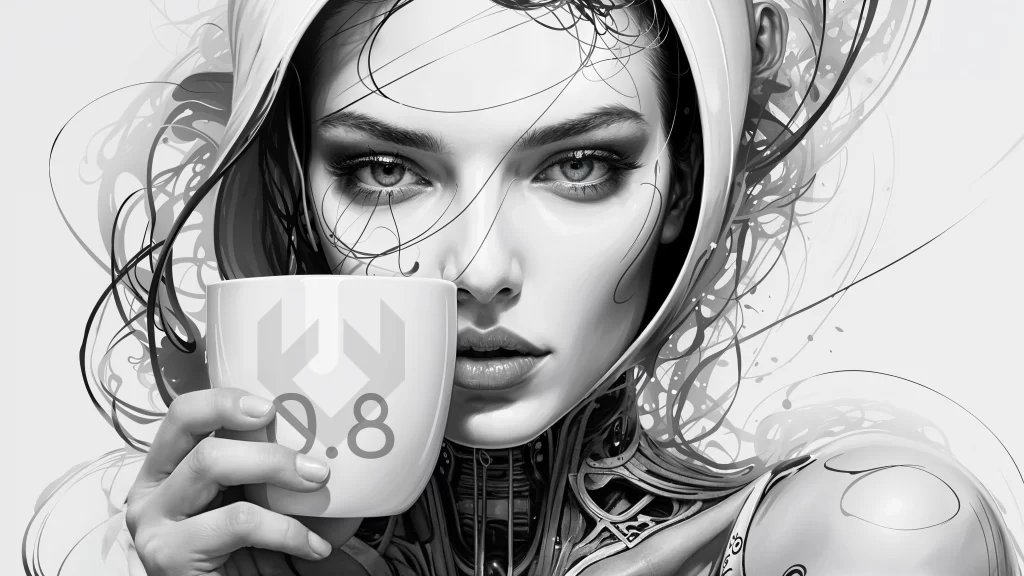
With Tengr.ai, you have complete ownership of all the content you generate. This means you can use it commercially, allowing you to monetize your creations. Our print quality upscale feature further enhances your control, allowing you to increase the resolution of your images to 4096×4096px and even beyond that for business customers. This level of control and ownership ensures your security and peace of mind.
Since 0.7, we have conducted many real user testing sessions, learned from agencies using our solutions directly, and have a dedicated quality assurance team. We strive to create a better user experience while adding the features the creative industry needs. Ultimately, we want to create a browser-based AI-empowered visual creation tool.
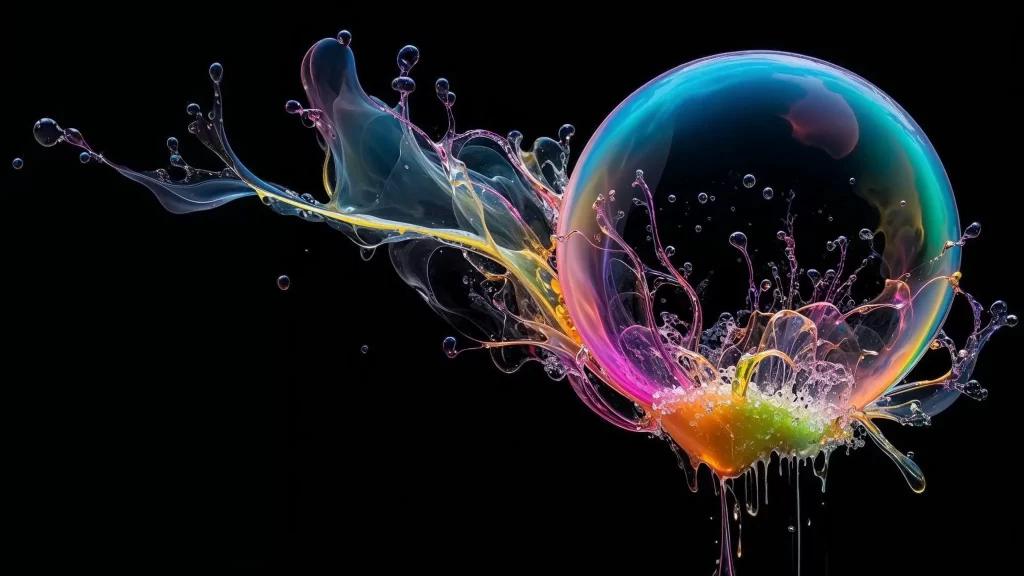
We recognize that our users are different; some are less technical, while others have used complex software for decades. It is impossible to create a user interface that fits all. Therefore, we will have multiple usage modes. The easy mode aims to unleash your creativity from the first minute.
The advanced mode gives you access to complex tools. One of the tools lets you put elements on a generated image in a desired position, so if you want a chair to be precisely 15 px from the bottom right corner and a flower on top of the chair, that will create it. With crop and uncrop, you can generate beyond the boundaries of an image. Sometimes, an image is almost perfect. The fix tool helps you to make it 100% perfect by fixing those minor but annoying errors. The erase tool will remove things, while light paint will help you change the image’s lighting. We already added 27 advanced and customizable filters and many color correction options. You don’t need to leave Tengr.ai and import the image into photo manipulation software. Instead, you will have everything readily available in the browser-based Tengr.ai web app.

You can also start from an image in easy and advanced mode. But what does it mean to generate from an image? Some use cases require the outlines of an image, others a depth map or something else. This leads to hard-to-use and hard-to-understand image-to-image solutions of other models, often producing undesired results. With Tengr.ai, you will have a choice. If you want to turn a sketch you just made into an artwork or photorealistic image, Sketch Master will help you. You can also do 3D Sculpting, using the 3D shape in a photo. Similarly, you can use the photo as a depth guide for generation. If you have blueprint lines, you can start from those and turn the blueprint into reality. You may want a pose to be kept but transferred to a different character. The pose-guided generation will help you. Finally, the creative transform will see the image as a whole and creatively transform it to a degree you set.
You can prompt Tengr.ai in 74 languages. This includes non-latin character prompts; for example, you can use simplified Chinese, Arabic, or even abugida to write Thai. The user interface is currently available in four languages (English, German, Hungarian, and Romanian), but more will be added in the next few months. You can even mix languages: Mixing English with other languages in modern daily use has become increasingly popular, and Tengr.ai supports this.
The most important feature of 0.8 is the most well-hidden. It has to be. Most people complained that the model did not understand what they were after. Prompt engineering is emerging as a skill by itself, but we can’t expect everyone to become a prompt engineer overnight. With “Seer,” you can write your prompts in any way, and it will try to guess what you are after and what would make the best image for that request. Of course, you can turn off the lightbulb and revert to the “Servitor” prompt understanding, which will not try to guess anything and will do just as instructed. We also have an input-agnostic approach, meaning prompts created for other diffusion models will work. You can use your Midjourney, Dall-e, Stable Diffusion, or Firefly prompts, and our solution will try to conform. For example, if you want to start a new prompt chunk, you can use Midjourney style “::” or SD style “BREAK,” but Tengr.ai’s new line (Enter key) will also work. Learn more about prompting in Tengr.ai 0.8…
The most often requested feature is the ability to reuse characters. This is also coming to advanced mode. You can use that in many situations if you have a great generated character or real person. For now, this is reserved for business-tier customers due to concerns about deep-fake creation. However, after tests are conducted and Hyperalign proves to prevent deepfakes in independent studies, we might also release it to lower tiers.

Our users loved the styles, the 5-step detail and creativity sliders, and the aspect ratio selector from version 0.7. We kept the idea of those features but upgraded them to 0.8 with a new look and feel and slightly altered behavior. In the near future, we will add many unique styles, as we did in the past.
Like most people from the Warsaw Pact countries, we hate censorship of any kind. Therefore, Tengr.ai is uncensored. We also believe in the user’s privacy and the safety of generative AI. Those three seem mutually exclusive, but we found a solution called “Hyperalign.” It enables us to keep the model uncensored while abiding by the law. For example, it can create nudes, but not if the subject is a child. It can create photorealistic images but cannot be used for deepfakes. It is also much harder to jailbreak. “Sorry, but I cannot assist with that” is a default response from GPT-4 when faced with requests that violate guidelines or ethical constraints. Research shows that 79% of the low-resource language jailbreaks circumvent GPT-4’s red team effort (Yong et al., 2024). This is mainly due to censorship. With our Hyperalign technology, you will never get a “sorry” response. Instead, an image is always generated. The solution is not final, but it could present the future of AI in a safe, usable, uncensored, and constitutional way.
Rest assured, your privacy is our top concern. Tengr.ai is built with the privacy-by-design principle, ensuring that all the images you generate are privately stored in a secure Amazon AWS S3 bucket. They are not linked directly to your personal information; there is only a secure Auth0 ID as the connection. Your creations are yours alone unless you choose to share them on social media.
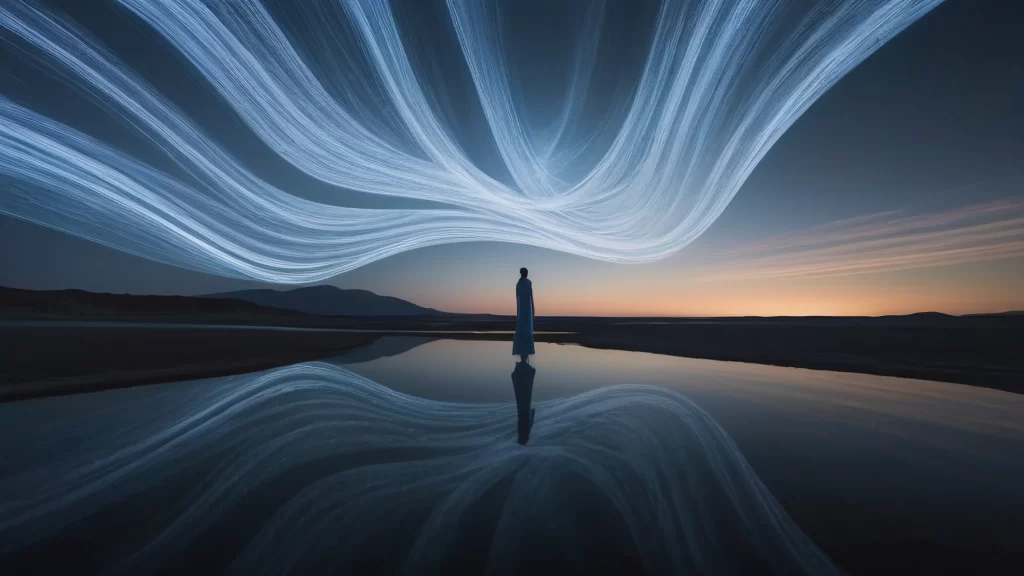
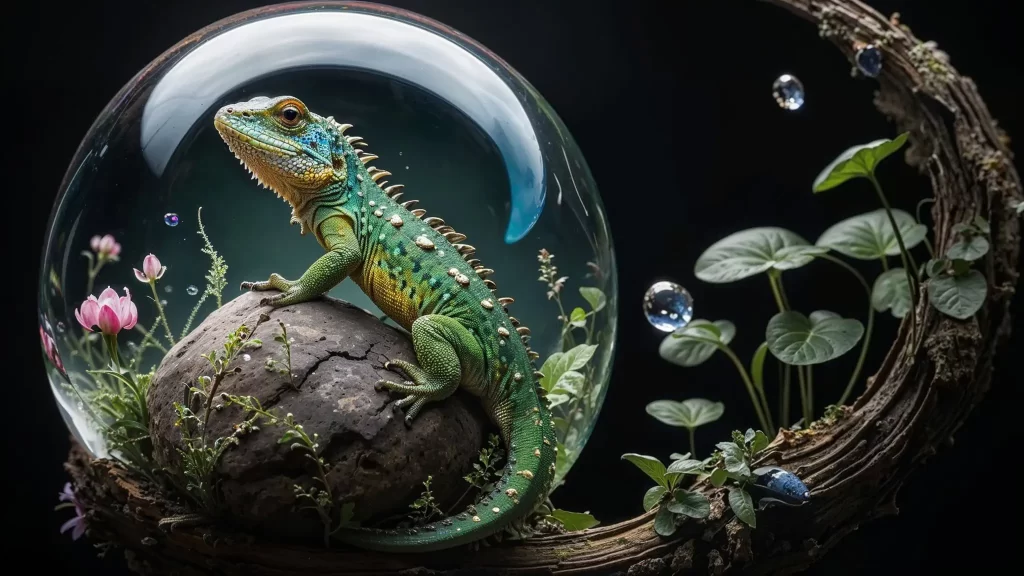
Our data center partners ensure a reliable GPU infrastructure and carbon-neutral, green AI generation. Our training is done with KIFÜ’s Komondor HPC (High-Performance Computing), one of the greenest supercomputers in the world. In the Green500 list, ranking the world’s most energy-efficient supercomputers, it takes the 21st place. The straightforward liquid-cooled HPC infrastructure can produce up to 40 times more cooling power than standard data center racks. Moreover, the waste heat is used in the Sports Pool in Debrecen.
To run a pre-trained model, we need inference infrastructure. For this, we chose Cluster Power. They have a data center in southern Romania, a modern industrial facility using sustainable energy. Cluster Power Technology Campus is the first hyperscale data center in the region (up to 4500 racks and 200 MW), with its own sustainable electrical power production and cooling facility.
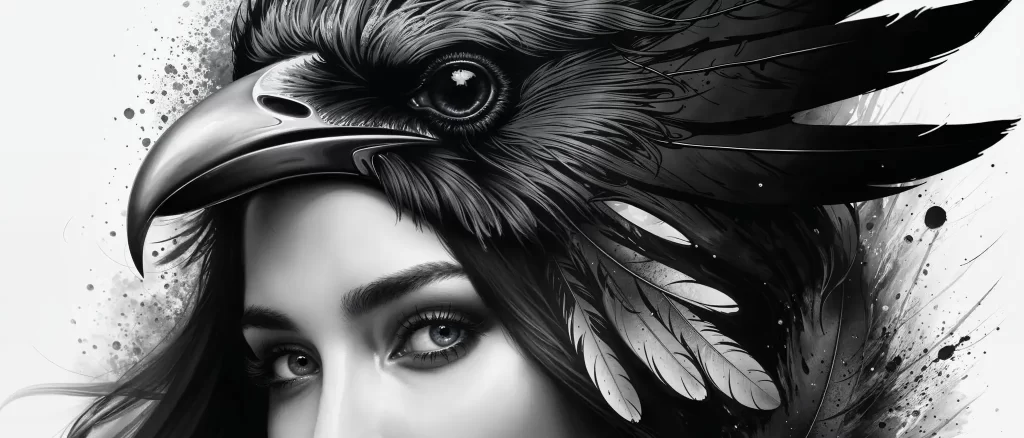
If you kept reading until this paragraph, you are amazing. So, I will let you in on a secret: Tengr.ai is not a single model but a pipeline of many. Under the hood, the heavy lifting is done by our models based on the original diffusion model paper (Song et al., 2020), essentially a model that cleans and transforms latent representations from text prompts, creating data from noise by inverting the forward paths of data towards noise, thus resulting in a detailed, high-resolution visual content. In essence, this is a noise extraction operation. The generation itself is implemented in two steps, starting from the two-stage model proposed by Ramesh et al. (2022): a prior that generates a CLIP image embedding given a text caption and a decoder that generates an image conditioned on the image embedding. However, we overcome the problems of other similar approach models by generating an image for the user from the summation of the results of the two models. Currently, there are two images per version. We develop two versions simultaneously: a control version, which we know is good and users liked the generated images in the past, and a new version (experiment), which we want to determine if it is better than the control. So, the user gets four images, two from each pipeline. From those, the user will pick one to use (we derive preference from user events such as downloading, upscaling, or post-processing). This way, we can judge whether the experiment or the control is preferred. In other words, we’ve solved the evaluation by having our users do it for us without having to devote extra resources. It is a distributed, easily scalable system, with communication via a distributed message queue.
Overall, with 0.8, we created something extraordinary, and it was worth the effort of rewriting a project from zero. But now we need your insights on how to make it even better. Tengr.ai will constantly evolve, improving and being safe and secure with your help.
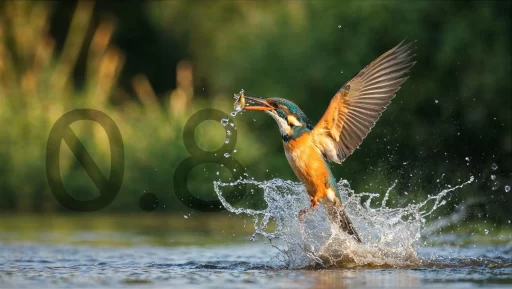
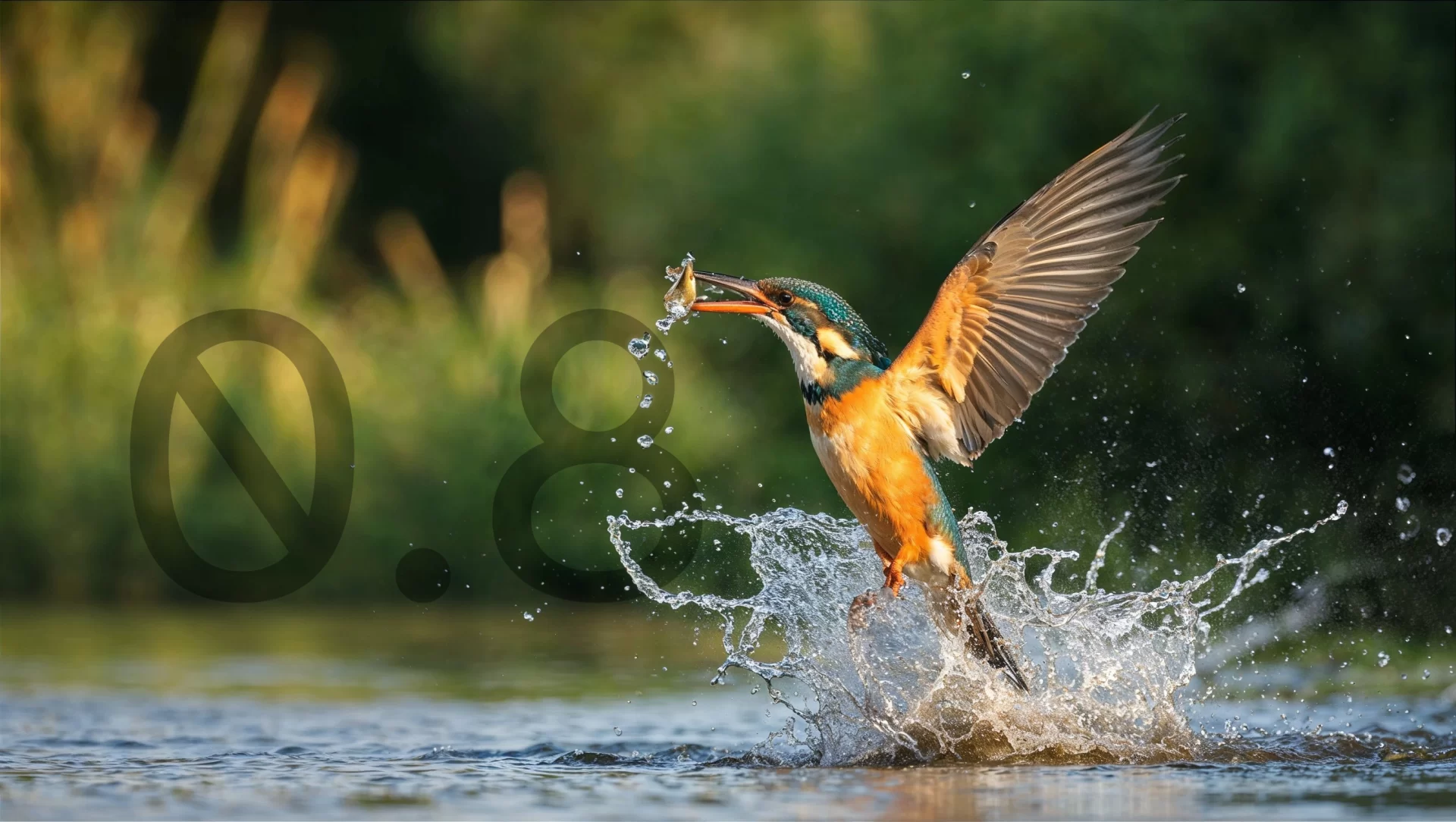

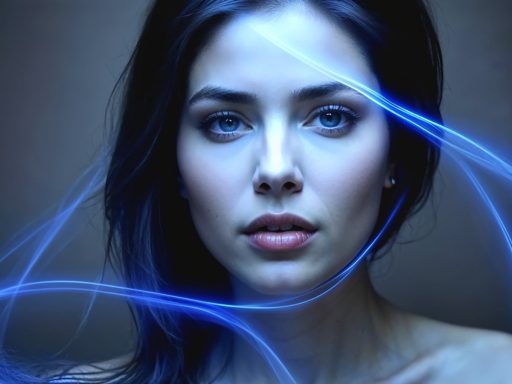
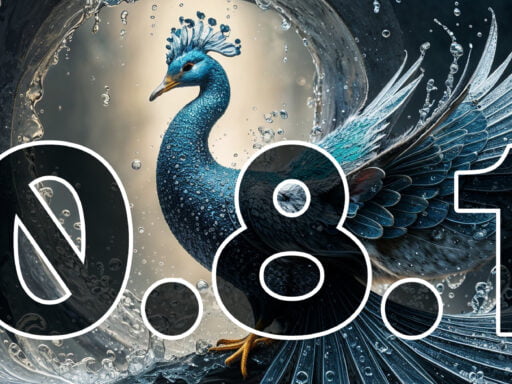
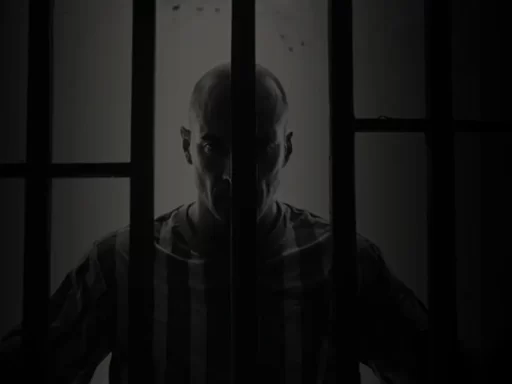
Big cheers to the team. Best of luck to you all 🍀. Tengr.ai is awesome, I’m loving it! 😍👏
It’s amazing how user-friendly and high-quality the generator is. The development and versatile applications of AI are impressive. Congratulations!
A technically sound and engaging insight into generative AI, that is really professionally written. Tengr.ai is a really powerful tool for anybody, who wants to delve into the generative AI art and beyond.
I’ve tried a lot of AI image generators but none of them were as good as this. Especially what I really liked was the user-friendly interface… damn, it is so easy to create amazing images 😀
I’m just at the beginning of a new hobby. Generate with AI and I tried a few generators. I like Tengrai a lot for the possibilities. Now i read ther wil be more i’m looking forward to it. Great job. Thank you!
Been doing AI since early days of Disco Diff. You’ve got some very nice tech. How about a Negative prompt field?
Hi, you can use
NOT {keywords}, and that is more flexible than the negative input text area. Read more about negative prompts: https://blog.tengrai.com/docs/prompting-in-tengr-ai-0-8/With that said, we will add a setting to have negative as a separe input. It’s coming next week if all tests are green.